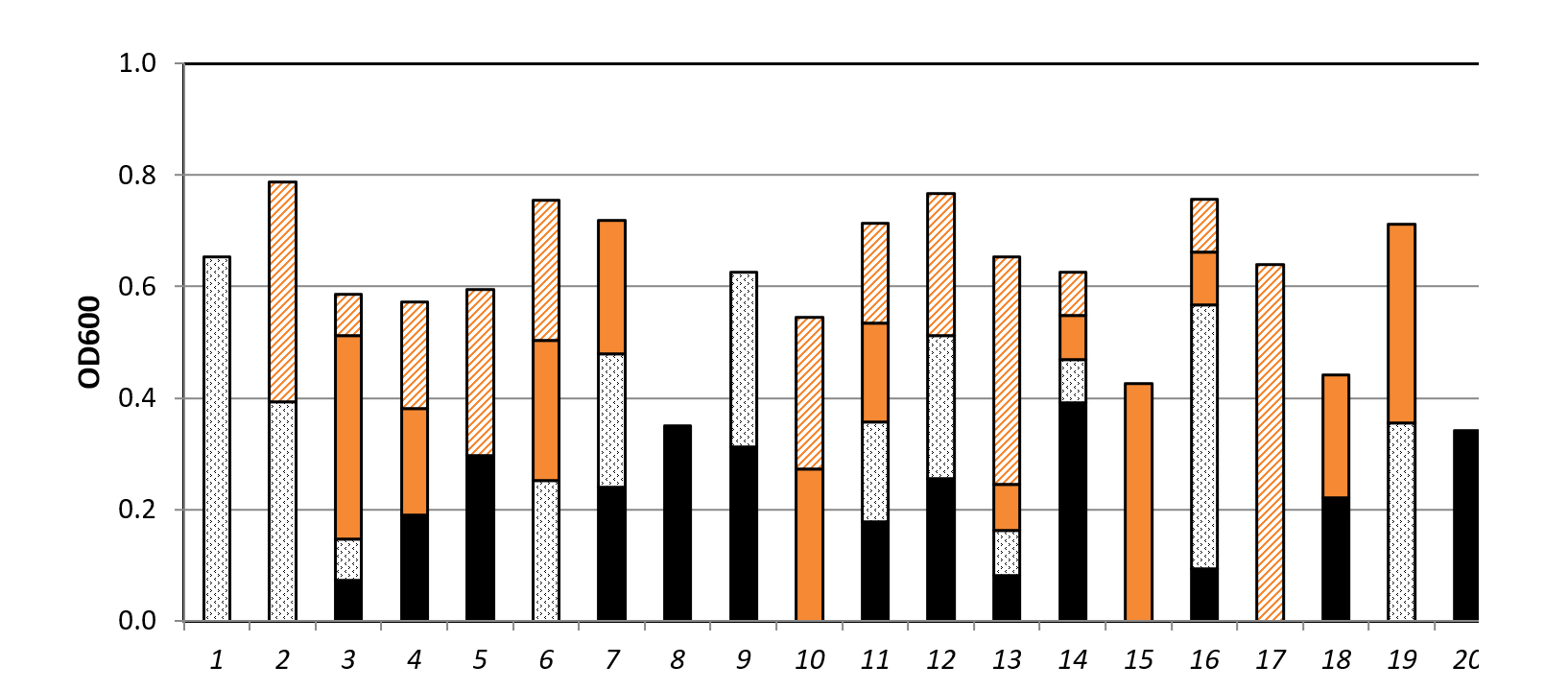Design of Experiments as a tool to boost the growth of lactic acid bacteria with yeast extract combinations
To review the impact different yeast extracts can have on process performance, this study evaluates the effect of four highly different yeast extract (combination)s on the performance of a range of lactic acid bacteria. The main differences between yeast extracts are the degree of protein hydrolysis and the content of free nucleotides.
The study’s outcomes demonstrate that there is clearly not one ´golden standard´ that works optimally for all lactic acid bacteria. Outcomes also show a potential for process optimization, if the right (combination of) yeast extract is used. The experimental approach of testing different blends according to an experimental design as applied in this research is a simple and pragmatic approach to improve industrial production processes, without the need for in-depth knowledge about the exact composition of the yeast extract.
Main observations
- There is a clear distinction in growth performance between the four different yeast extracts.
- 85% of the strains tested prefer to have an increased availability of free amino acids compared to the use of pure peptone.
- More than half of the strains benefit from having free nucleotides present in the medium.
- It depends on the species used which blend, and thus which yeast extract composition, is optimal.
- Even different strains from the same species can have very different nutritional needs.
- Using the right (combination of) yeast extract(s), can more than double growth.

Simplex centroid experimental design for four yeast extracts. The dots refer to the different blend compositions evaluated under the same process conditions. In total 19 different blends were tested together with one duplicate.

Results for OD600 measurements after six hours in the 20 medium compositions for and L. acidophilus. The bar colors represent the composition of the blend: X-SEED® Peptone in black, X-SEED® Nucleo Advanced in dotted white, X-SEED® KAT in orange and Extract 4 (containing both free amino acids and free nucleotides) as orange-white striped. Based on these results, the model can be made and used to determine the optimal yeast extract blend for this strain.
Download the white paper
Curious to read the full white paper? Please click below to download it

